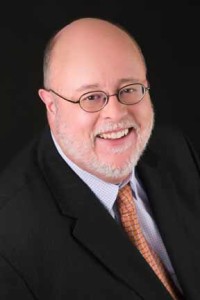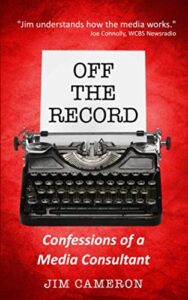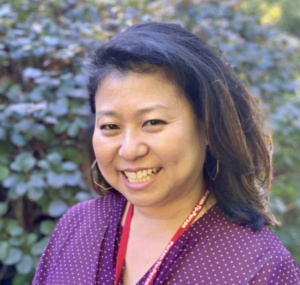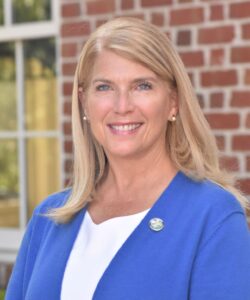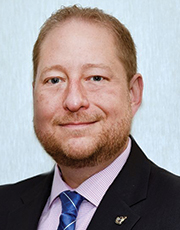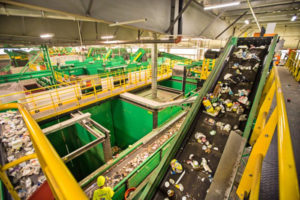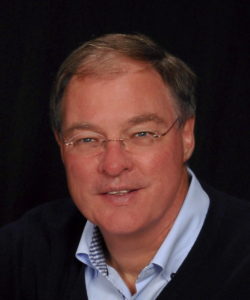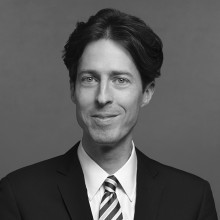 Hugh Seaton is the General Manager at the Glimpse Group, a virtual reality and augmented reality company based in New York, NY, and a lifelong technology marketer. Prior to Glimpse, Hugh founded and grew Aquinas Learning, an e-learning software company that leveraged virtual reality and artificial intelligence, which he sold to Glimpse in 2019. Before Aquinas, Hugh – a fluent Mandarin speaker – spent 5 years in Shanghai, was a senior marketing executive with BBDO running Pepsi’s advertising, and founded his first company, specializing in social media. He has also held various senior positions at Sony Electronics, AOL Time Warner, DraftFCB and Havas.
Hugh Seaton is the General Manager at the Glimpse Group, a virtual reality and augmented reality company based in New York, NY, and a lifelong technology marketer. Prior to Glimpse, Hugh founded and grew Aquinas Learning, an e-learning software company that leveraged virtual reality and artificial intelligence, which he sold to Glimpse in 2019. Before Aquinas, Hugh – a fluent Mandarin speaker – spent 5 years in Shanghai, was a senior marketing executive with BBDO running Pepsi’s advertising, and founded his first company, specializing in social media. He has also held various senior positions at Sony Electronics, AOL Time Warner, DraftFCB and Havas.
Hugh holds an MBA from Columbia Business School, has been an adjunct professor at NYU, and is the author of the Construction Technology Handbook (Wiley, 2020).
Arranged by Douglas Campbell and Bryan Hooper
Bryan’s summary of the talk:
Hugh Seaton cast some light for us on the arcane subject of artificial intelligence – intelligence demonstrated by machines and applied to a variety of situations to augment human activities. Hugh stressed that the highly advanced computers cannot think like humans and that the tasks AI machines perform are based on the use of vast amounts of data acted upon by algorithms, so it comes down to mathematics. That said, he identified the advances made in AI in recognizing and classifying data, determining patterns, producing designs, managing language functions and carrying out tasks via robotics. Performance of the activities carried out by AI improves as the machines are fed more data, either by experience or from an outside agent. Hugh cited Siri and Alexa as uses of AI that have been improved through experience. Human designers focused on enhancing the applications’ abilities by concentrating on accomplishing fewer tasks more successfully, rather than by a broader brush approach that resulted in a poorer response following the instruction to the machine. He pointed out the difficulties in designing self-driving autos, where significant progress has been made, but not enough to allow the general use of these vehicles on the open road at present: predicting an introduction date is hard since making further progress toward the autonomous auto is exponentially more difficult.
Hugh described the AI experience in the construction industry in maintaining a record of work accomplished throughout the process to assist in planning subsequent building stages, rapidly finding specification documents, and defining realistic schedules. He described a practical example of using AI in the development of machines that can manage the tying together of rebar used for reinforcing concrete, resulting not only in performing the tasks efficiently but also alleviating the problem of labor shortages to carry out this specialized function.
Link to the video of his talk: https://youtu.be/7q0FePlJQqI

 Art Gottlieb is a local historian on subjects from political and military history who has frequently given talks to the DMA over the past few years. He was formerly a professional curator of naval history and the Technical Director of Exhibits at the Intrepid Sea-Air-Space Museum in NYC. In these roles, Art worked regularly with veterans of all services towards the creation of exhibits accurately illustrating the history of 20th century warfare.
Art Gottlieb is a local historian on subjects from political and military history who has frequently given talks to the DMA over the past few years. He was formerly a professional curator of naval history and the Technical Director of Exhibits at the Intrepid Sea-Air-Space Museum in NYC. In these roles, Art worked regularly with veterans of all services towards the creation of exhibits accurately illustrating the history of 20th century warfare.
